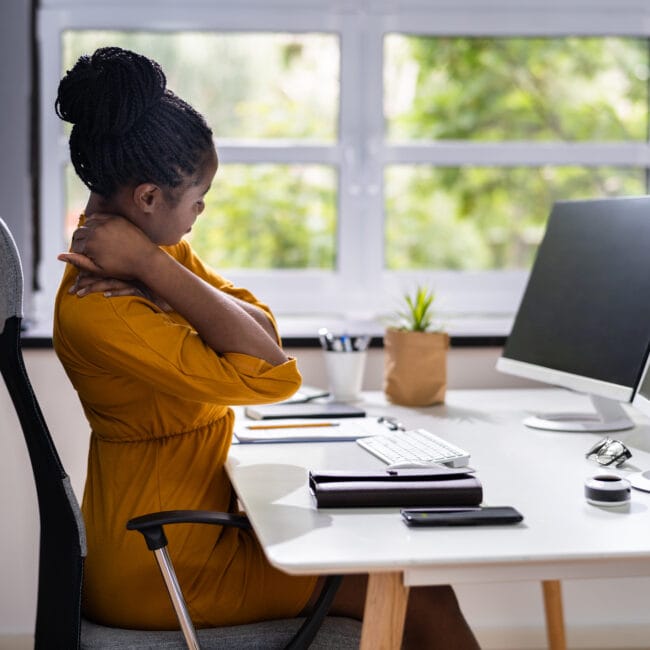
Choosing the right shoe for exercise might seem to many of us like a straightforward matter of simply choosing whichever shoe feels more comfortable. But as many of us also know, there is a lot more to selecting a pair that looks and feels good. With so much choice on the market it can be difficult to know which shoes are better for different types of exercise, so we’re going to give a quick run through of what to look out for to ensure that you pick the shoes that best meet your needs. But first, here’s a quick tip that applies to all shoe shopping: it is best to try on new shoes later in the day, when you have already been walking around. This is because our feet swell during the day, and buying shoes first thing in the morning can mean they actually end up feeling a lot tighter than you expect. With that in mind, here are some things to look out for when shopping for sports shoes.
If you enjoy recreational running, the most important aspect of your shoe is shock absorption. Since running places a lot of sudden, repeated pressure on your feet, you want to buy shoes that will absorb as much of the impact as possible to prevent yourself from developing sore or injured feet. Cushioning is also important, but shock absorption is the main factor for people running at high speeds. If you are a jogger, the reverse is true: cushioning is your number one priority, with shock absorption coming in at a still-important second. It is also important to remember that your feet will swell even more than usual if you jog or run. You want to give yourself enough room to be able to wiggle your toes, but you don’t want the shoes to be loose on your feet. The front of the shoe should also be very flexible, as it will bend a lot. In terms of grip, you will need shoes that provide one directional grip. Look at the soles and make sure the grip is predominantly horizontal.
If walking is your exercise of choice, you’ll want to find a lightweight shoe with lots of cushioning, and rounded edges. Shock absorption is not a major factor for walkers, but swelling is, as walkers tend to go for longer periods of time than runners or joggers. If you are a hiker, you’ll want thick, tough shoes that also provide a lot of cushioning. Multidirectional grip is important for hiking, so look out for soles that have shapes going in all different directions. These often look like diamond or squiggle patterns, and rubber that extends out farther than the average shoe.
If you practise forms of exercise likes yoga or pilates, what you want is a shoe that is lightweight, flexible, and offers a lot of shock absorption, This may seem strange, since these are generally very relaxed and slow forms of exercise, but different poses put a lot of stress on different parts of the feet, so shock absorbing shoes can prevent a lot of pressure being placed directly on your feet.
For most sports such as rugby or football, you’ll want to select a tough shoe that will prevent your feet from taking too much of a hit when you kick. If you are playing on hard ground, you’ll want to get shoes that have replaceable studs. This is because these are often rubber, and will help absorb some of the extra shock that comes with playing on a hard surface. If you are playing on soft ground, such as in a field, you should look for moulded or built-in studs. These offer better traction and grip. The amount of studs you choose depends on your position: fewer studs will give you less grip, but allow you to move faster. More studs will slow you down but provide you with better grip.
For racquet sports, you want light, flexible shoes that have multidimensional grip. These sports involve much more side to side movement than most, so be sure to bear this in mind when selecting your footwear.
For basketball or netball, you want multidirectional grip, shock absorption, flexibility, and cushioning. These are all important factors for these sorts, so make sure you choose shoes that tick all the boxes.
For hockey, camogie, and hurling, the most important factor is to protect your feet from the ball. This means you should select a shoe that is tough on the outside to prevent yourself from getting injured if hit. Again, the type of grip required will depend on the type of surface you play on and the position you are in.












